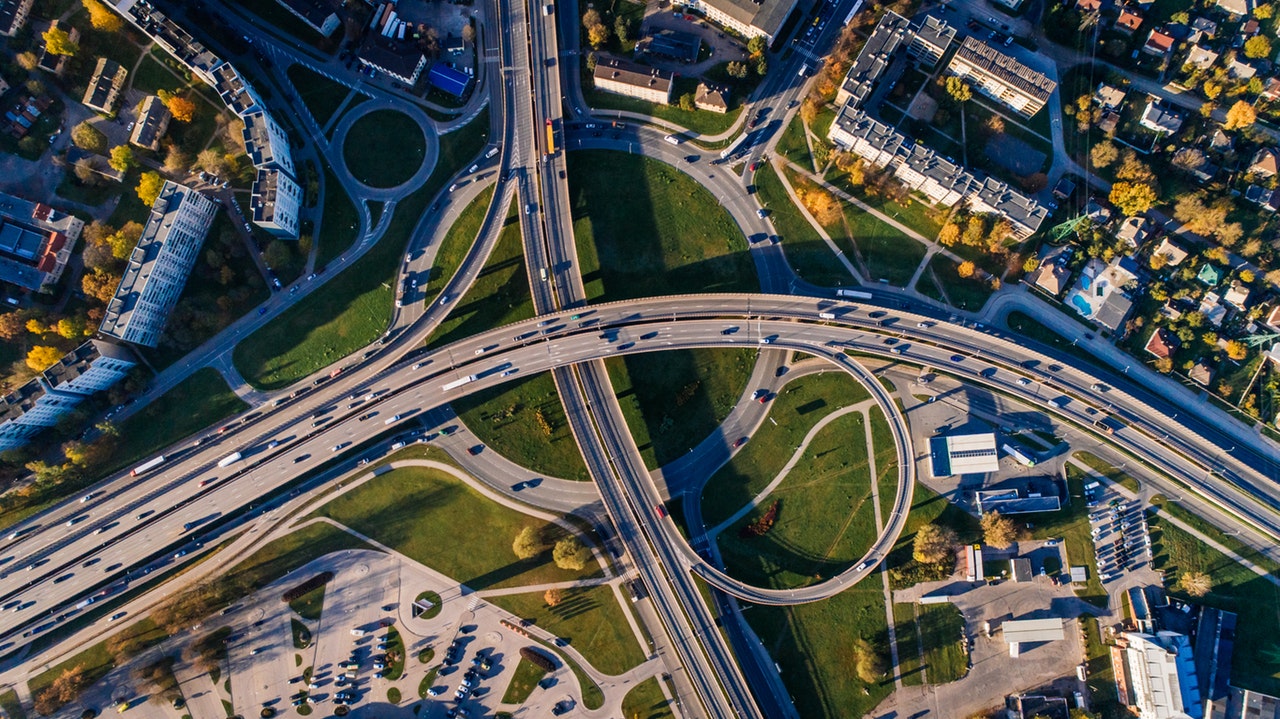Written by Rubén Martínez
Index
Internal vs. external links
In general, we tend to spend much more time on backlink strategy, relegating internal link optimization to the background. Backlinks are undoubtedly important to improve the popularity of the site, however, we should not think that these are the only links that we should study and optimize.
Information architecture
Information architecture optimization focuses on enhancing the most relevant pages of the site and creating a navigation network that promotes the best user experience. This is created simply by internal links, with which we connect related nodes (pages) and place each one at a different level of the navigation depending on its importance.

Not only this, but also the way we link the pages of our site will directly influence its indexation. Recently, Google stated that it had started to crawl links created with JavaScript, however, our recommendation is still to generate an link if we want to be sure that the spiders crawl and index the target page.
Content clusters
A content cluster is a network of pages connected to each other by links, whose content deals with related topics. They are used to promote different keywords around a specific subject. A user browsing a cluster will be able to obtain information on different issues concerning a main topic by simply navigating through the links.
Let’s suppose that we are going on a trip abroad. In this case, we will be interested in several things, such as what is the temperature in that country, which cities can be visited, what currency is used, what language is spoken, what is the gastronomy, where are the main monuments or how to get from the airport to the city. It is undoubtedly an opportunity to create different pages that satisfy each of the user’s doubts separately and link them together.
On each of these pages we will deal with a specific topic and provide a comprehensive answer to a user’s question and the questions arising from it. By mentioning topics adjacent to the main issue, we will create links to complementary pages that may also be of interest, thus creating a narrative continuity and inviting the user to learn more about his or her future trip.
As an example, let’s say we are going to travel to Georgia and we have not yet decided the date. We will probably start by reading about the climate of the place, which will help us to know when it is more convenient to travel. If, while reading, we find a link to another page explaining when and where the main celebrations are held, we are not only likely to continue reading, but also to start taking the website as a reference for future reference.
Anchor text
These links should be created respecting some basic rules such as optimizing the anchor text, matching it as much as possible with terms related to the landing pages. That is to say, if we put a link to a page about how to prepare caramelized onion, the most optimal is that the anchor text is “how to prepare caramelized onion” and not “this page” or “click here”.
Indexing
Optimizing the internal links of our website is not only good in terms of narrative continuity, it is also good for is vital for indexing to such an extent that an unlinked page would never be crawled by Google’s spiders and would therefore be left out of the indexing.
If we want to index a new page on our site, it will be more likely to be indexed early if it is linked in the first phases of navigation starting from the home page. This means that if we place a link to this page in the above the fold of the main page, it will be indexed before if we place it at the end of the text in an internal page whose content is static.

Conversion
In a hierarchical architecture, we will arrange the different levels of navigation starting from the home page depending on the importance of each type of page.
For example, in an ecommerce, it is usual to find in the first level the home page, in the second level the categories and in the third level the products. This does not mean that the product cards are the least important thing, but that we are creating a sequential navigation through links that helps the user to find the product they need in the shortest time possible and therefore they will also need to spend less time converting.
Follow vs nofollow
Internal links will generally be of the follow type, except for those that lead to pages that should not be indexed, such as a cart or those that belong to the private area. A follow link to a non-indexable page could cause that page to end up being indexed even if it has been blocked in the HTML or in the robots.txt file. In previous articles we told you how to use follow and nofollow correctly.
Broken links
Broken links are links to pages that no longer exist. These links do not directly harm the positioning of the URL that contains them, however, they produce bad experiences in the user that we must avoid as much as possible. Therefore, it is advisable that no indexed page contains broken links, either by removing them or by 301 redirects in specific cases, such as product sheets that are no longer manufactured and for which there is a similar article to which we can redirect. Detecting these links is easy by making use of any crawling tool, such as Screaming Frog or Ryte.
After reading this article, do you consider that you have optimized your website’s internal linking strategy? We encourage you to tell us about your doubts and experiences!




